Our references


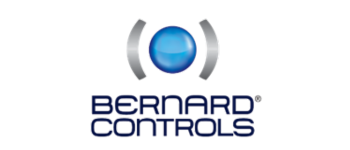
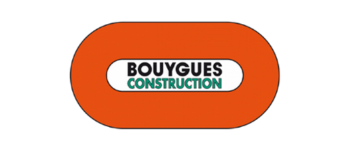

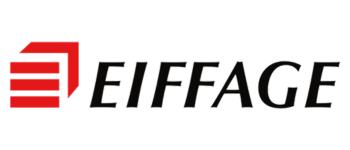




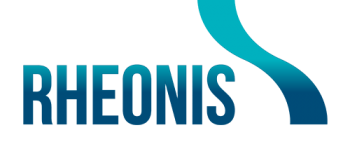





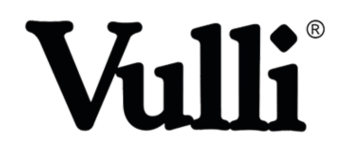
For over 10 years, OSE Services has supported manufacturers, legal professionals, and industrial clients in the detection and analysis of counterfeit materials and components.
Whether you're facing a suspicion of fraud, product substitution, or defective sourcing, our experts offer reliable, scientific answers.
✅ Material identification and authentication (metals, polymers, composites, paints, coatings, etc.)
🔍 Comparative analysis between genuine and suspected counterfeit items
🧩 Microscopic and spectrometric techniques (FTIR, XRF, SEM, colorimetry) for structural and compositional verification
📄 Expert reports and legal-grade documentation for commercial disputes and litigation
OSE Services provides neutral, independent analysis and, when required, official expert reports signed by a court-accredited expert.
👉 Contact us today to secure your supply chain, prove product authenticity, or support legal proceedings.
Click here to consult all of our services for industrial clients.
Material identification & authentication
(Metals, polymers, composites, paints, coatings, textiles…)
Comparative analysis between known genuine products and suspected fakes
Advanced testing tools:
FTIR (Infrared Spectroscopy)
XRF (X-ray Fluorescence)
SEM (Scanning Electron Microscopy)
Colorimetry and visual inspection
Detailed expert reports, tailored to:
Commercial disputes
Insurance claims
Legal proceedings
We operate WorldWide
48H lead time upon request & context
Counterfeiting is the act of reproducing, imitating, or using without authorization a work, product, brand, patent, or registered design, with the intention of deceiving or profiting from the reputation or value associated with the original. It can concern various fields, including:
Counterfeiting is illegal and can lead to civil and criminal sanctions, as it infringes on the intellectual property rights of the legitimate creators or owners.
These techniques allow for determining the chemical composition, molecular structure, or interactions of a substance.
For example, potentiometry with selective ion electrodes is used to measure pH or specific ion concentrations.
These techniques allow for measuring the physical properties of materials or substances, such as their structure, mass, hardness, conductivity, etc.
These techniques, when combined, provide extremely precise information about the nature and properties of a sample, whether organic, inorganic, or hybrid. They are widely used in scientific research, quality control, industry, and in identifying counterfeits or manufacturing anomalies.
















